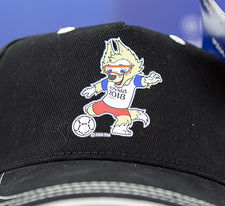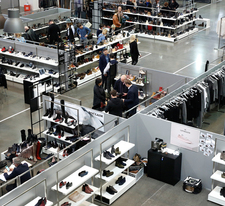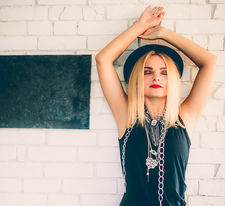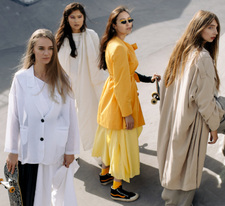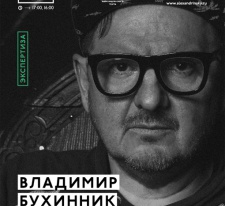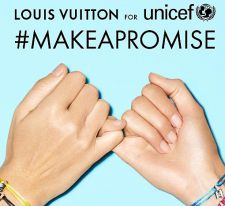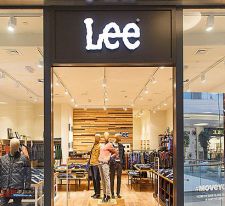We need the Turkish coast
part 1 part 2 part 3part 4 part 5
RUSSIAN SEPARATION
JLL reports an increase in interest in Russian brands after the crisis of 2014. The increase in demand, according to the company's experts, is due to various factors: affordable prices, interesting design and elaborate patterns, models, etc.
"Surprisingly, the anti-Russian rhetoric helped more than it repelled," agrees Valery Tuniyants. – Russian products are of interest as exotic ».
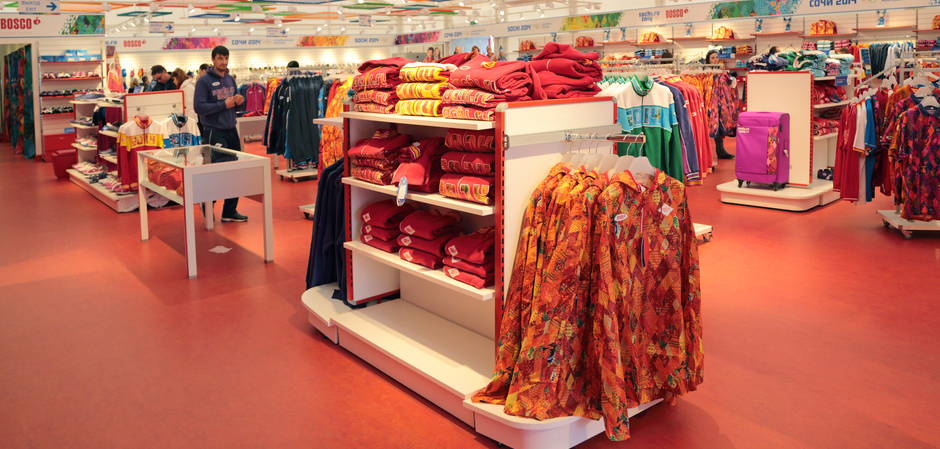
Mikhail Petrov from Smart Estate Moscow objects: there has never been any "special attitude" to Russian brands. "The Western world is used to being surprised, consuming talent and brand handwriting, and if the brand turns out to be secondary, it instantly goes off the rails," states Mr. Petrov. The only thing that Russians are traditionally associated with and that adds to the problems with promotion are the risks of production: delays in deliveries, diametrically different collections from season to season (search for self-identity), etc.
Competition in retail on the international market is too high without Russian players, supports Dmitry Karavaev, CEO of "Rent-Invest". "It is almost impossible to compete with Turkish companies," the expert notes. Another issue is in the supply of raw materials, equipment and components. Russian products for the b2b direction are quoted on international markets: mechanization, devices for light and heavy industry and much more. But at the moment, with the strengthening of the import substitution policy, almost all companies have focused more on the domestic market than on the external one. The exceptions are luxury fashion brands from Russian designers, but this is rather a private story for a narrow segment.
Given the high competition and the lack of representation of Russian goods in general in the markets of European countries and the United States, the promotion of new brands requires significant advertising costs; by themselves, goods from Russia, as well as from many other countries that later came to developed markets, are not in high demand, agree in CBRE.
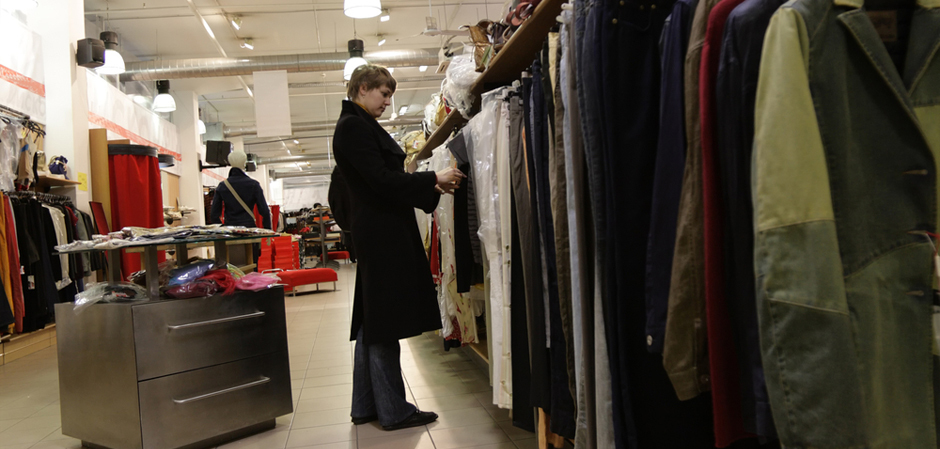
"To help in the distribution of Russian goods abroad, the Ministry of Industry and Trade in 2017 launched a program to promote high-quality Russian brands to foreign markets under the brand "Made in Russia", "says Konstantin Budagyan. Of particular interest are Russian goods that are associated with Russia, its national cuisine, cultural values and industries known for their high achievements. For example, the brand "strong""Teremok" or numerous establishments with Russian cuisine, opened by Russian restaurateurs and presenting traditional dishes of national cuisine, are associated with the country of origin and easily find their buyer. The cosmetic brand Natura Siberica also has in its name an indication of geographical origin, and in the names of products – components associated with Russia: pine, sea buckthorn, black caviar. Similarly, the brands of alcoholic beverages Stolichnaya, Moskovskaya and Russian Standard are interesting because they represent an authentic product.
As a result, only such Russian names as are known to foreign fashionistasAlyona Akhmadullina, Vika Gazinskaya, Valentin Yudashkin, Gosha Rubchinsky, Igor Chapurin and Ulyana Sergeenko – brands under these brands regularly get into the collections of Western fashion magazines, states Anna Lebsak-Kleimans. "The success of these designers is connected, on the one hand, with the fact that they meet the expectations and prevailing ideas of Western society about the "Russian spirit", "continues Ms. Lebsak-Kleimans. On the other hand, with the fact that their view of fashion is not exotic-parochial, but, on the contrary, fits into global trends. The images created by these designers are quite understandable to the Western public. They competently capitalize on their «Russianness, and at the same time their works correspond to the European fashion mood. In addition, and at Sergeenko, and Rubchinsky e has a recognizable stable author's "handwriting", which is obvious in models and collections.
The ending follows.
Text: Ekaterina Reutskaya
Photo: shutterstock


